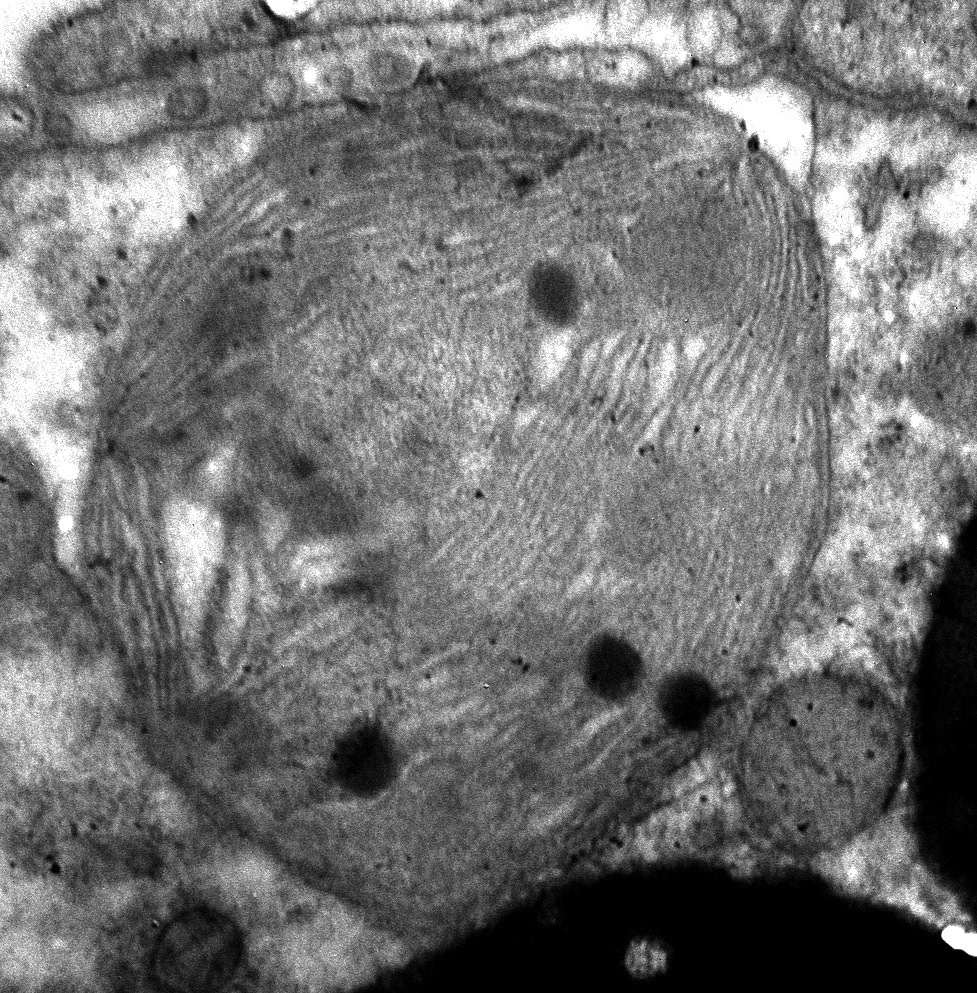HULK
People involved
Functional Chloroplasts inside Animal cells: cracking the puzzle
Principal coordinator : Sónia Cruz (University of Aveiro, University of Copenhagen – Marine Biological Laboratory | MBL)
Participant: Bruno Jesus (Nantes University), Michael Kühl (University of Copenhagen), Anders Meibom (Ecole Polythechnique Fédérale de Lausane), Gonçalo Calado (COFAC, Cooperativa de Formação e Animação Cultural, CRL), Gregor Christa & João Serôdio (Universidade de Aveiro)
Some sea slugs (Sacoglossa) feed on algae and litteraly kidnap chloroplasts which can be kept photosynthetically active in cells of the digestive diverticulum. It has been speculated that photosynthesis in these "kleptoplasts" provide a source of energy during starvation. However, this unique association within the metazoan is far from being understood. Recent research points to the lack of evidence for the putative photosynthates transfer between the chloroplast and the host. It was also shown that photosynthesis is not necessarily essential for survival of the animals in the absence of food. An alternative hypothesis suggests that kleptoplasts act only as carbon reserves.
Photosynthesis in kleptoplasts can be kept active for several months after separation of the organelle from the algae, though many functional components are rapidly degraded. Thus, it have been postulated that algae nuclear genes have been transferred to the animal, but other studies contradict this hypothesis. Alternative assumptions defend the idea that the kleptoplasts results from a combination of several physical and molecular mechanisms yet to be described. In addition, in Sacoglossa seaslugs, photoprotection mechanisms may largely contribute to the maintenance of photosynthetic activity of the kleptoplasts.
Our goal is thus to understand the role of kleptoplasts in animal metabolism and determine the mechanisms responsible for their survival within animal cells. We will address the following questions: 1) What is the fate of the Carbon fixed via photosynthesis within animal cells? Do species which keep their kleptoplasts active for longer periods, have a higher degree of acquisition of photosynthetic carbon? 2) Can the photoprotection mechanisms alleviate the oxidative stress in cleptoplasto, thus contributing to greater longevity?
The team resaqua is involved in the task 2 : Tracking Carbon Transfers which aims to identify translocation of inorganic carbon to tissues within the host

